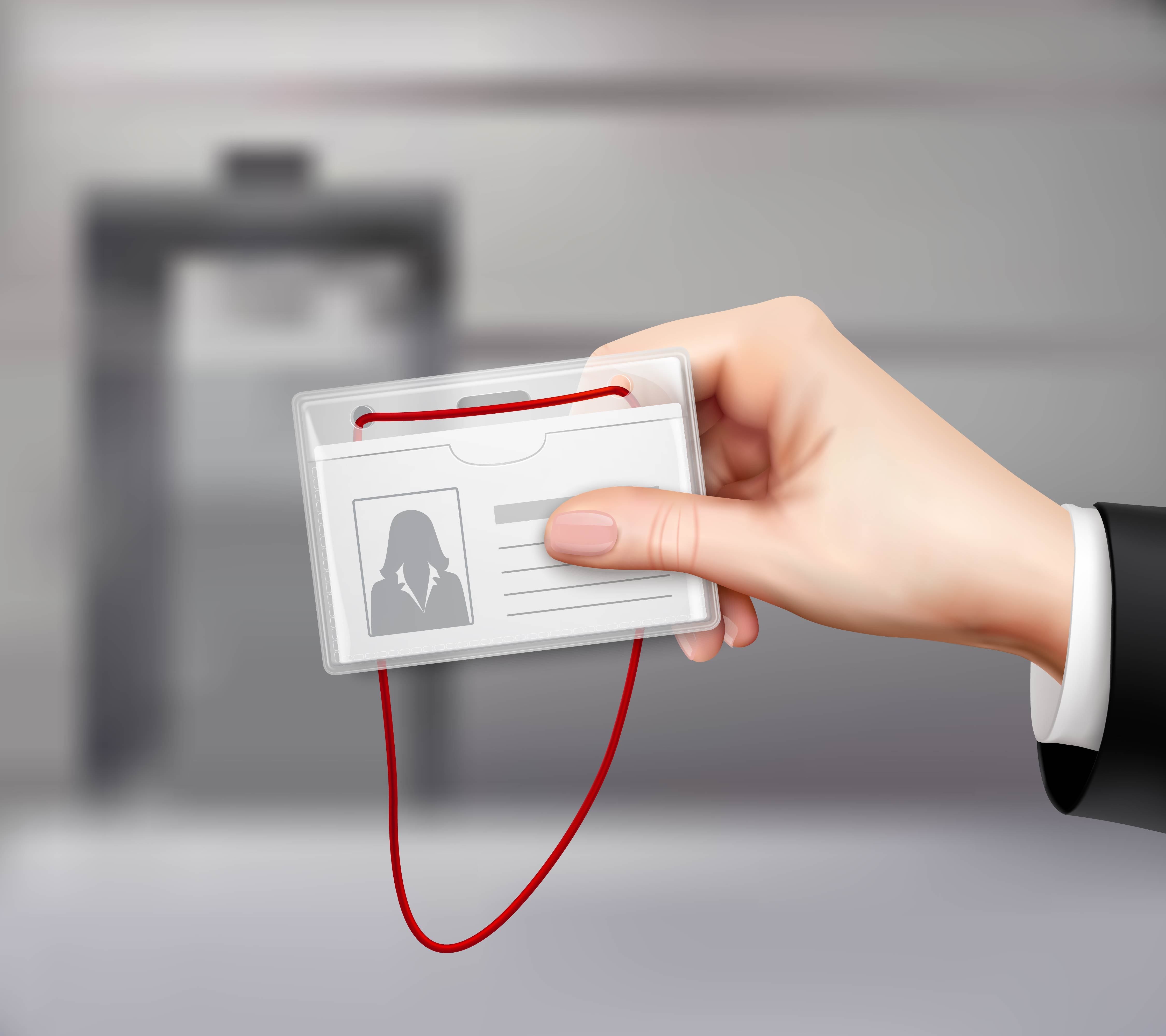Do You Really Need a Receptionist in your Building?

Yes – the receptionist is the first impression the building and the tenants deliver. They have the responsibility of; enhancing the brand of all tenants, impact on managing security, input and manage confidential data, ensure the smooth running of deliveries, organise concierge and answer all requests via the phone or walk-ins.
When it comes to building management, the tenant and guest experience is becoming increasingly important. It is evident in the way buildings are being managed and designed, the tenant mix that is being sought after and the truly innovative new offerings that are being delivered.
The experience starts as soon as individuals walk through the door – well, it could be argued the experience starts as soon as they enter the car park – but for this instance, let’s say there is no car park in the building.
The first contact with the brand comes from the receptionist. If the receptionist is smiling, free and ready to help, effectively welcoming guests and getting them to their desired location, they are delivering what the asset landlord would expect. However, if the building is busy and there are numerous guests entering at once, the receptionist is on the phone or juggling multiple tasks, realistically, they aren’t going to be able to effectively greet all guests the way a brand would plan and hope to…
This is where visitor management systems come in.
Visitor management systems come in all sorts of forms, but they ultimately take responsibilities away from a receptionist, freeing up time to deliver other tasks such as detailed customer service while the systems deal with administrative tasks. Digital management systems allow instant and continual monitoring, real-time information and increased security. For offices who can’t afford a receptionist, this could be a solution, and for those receptionists that need additional support, this is the answer!
Utilising technology allows a business to develop their brand image. There are systems which automatically print ID badges, process multiple guests simultaneously and auto-populate fields. Compare this with the previous methods such as a paper form completed with scrappy handwriting, often ripped off a pad. The finished article is a printed badge which looks much more professional, works efficiently and eliminates long queues without having to hire more staff.
Digital concepts can significantly heighten and improve security. Visitor management systems allow real-time information of who is in the building and who can access it, this also enhances an emergency response strategy. Many assets have numerous offices and floors with confidential information contained, not having a secure reception makes all tenants vulnerable. There are many digital opportunities to improve this such as ID cards, physical barriers or digital passes, all of these help to keep the wrong people out but let the right people in without any trouble.
Technology is always advancing and is becoming increasingly more widespread. Both digital and human receptionists have their place and there is an argument for and against. Digital brings speed and consistency which is impossible for a human to compete with, but what a digital service can’t replace, is the “warm” reception and the ability to empathise and deal with personal or unknown issues. Integrating digital to advance procedures and equip individuals with the technology to excel in their role is a combination for success!